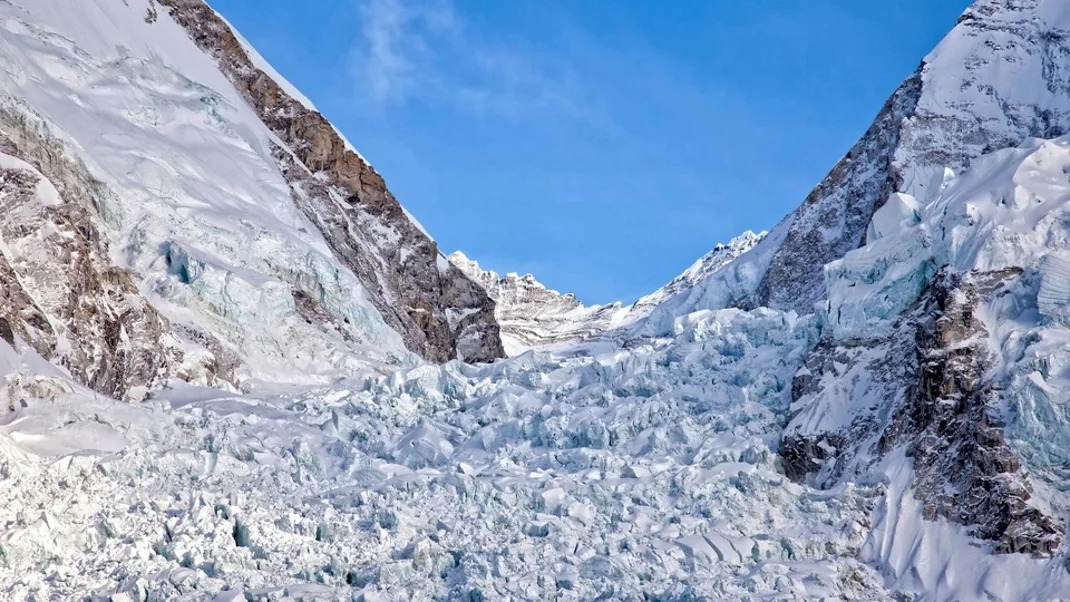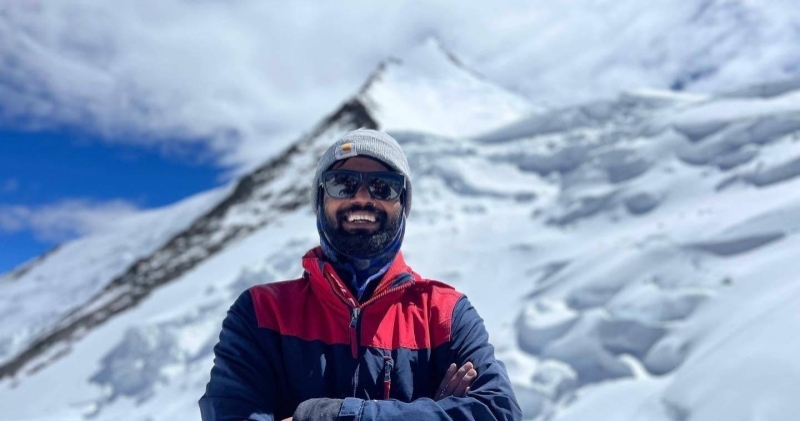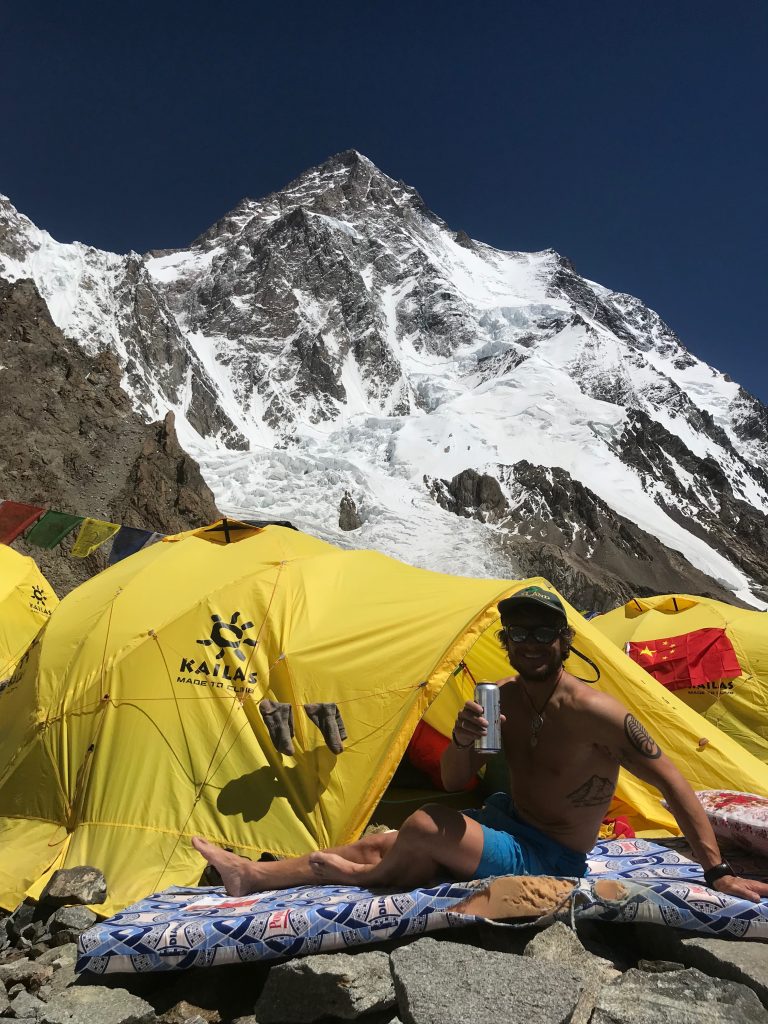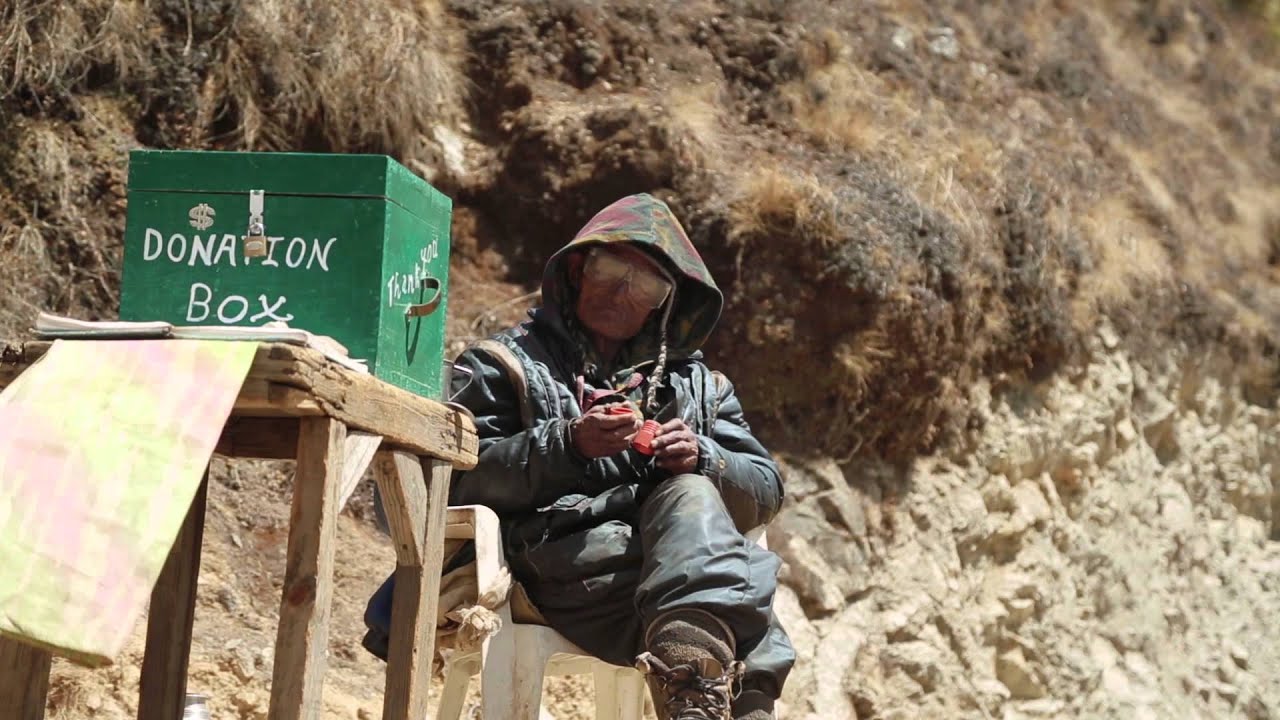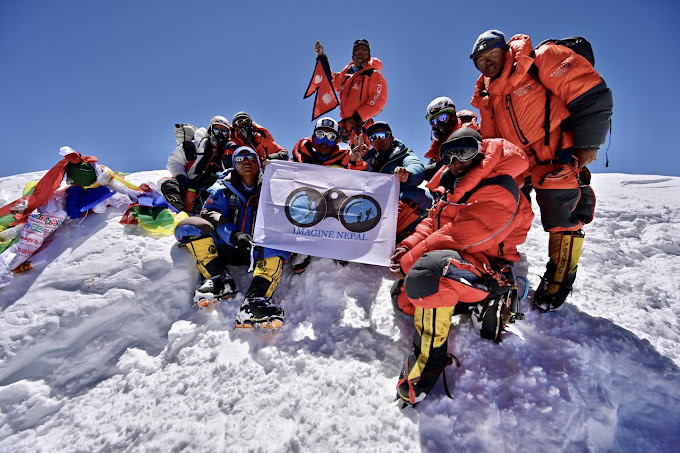Massive avalanche on Mount Everest results in three missing climbers
On Wednesday morning, an avalanche occurred in the Khumbu Icefall while three Sherpa climbers were navigating through it, as reported by The Himalayan Times and Everest Chronicle. The avalanche was triggered by the collapse of a large ice serac on the ridge above the glacier, causing debris to fall and sweep the climbers into a deep crevasse.
Climber Lakpa T. Sherpa filmed the massive slide and uploaded video to his Instagram page on Wednesday afternoon.
According to Lakpa Norbu Sherpa, an official from the Himalayan Rescue Association who spoke to The Kathmandu Posts, the probability of rescuing the three climbers is very low. Despite an aerial search launched soon after the incident, the missing individuals were not spotted by the officials.
According to Lakpa Norbu Sherpa, the risk of an avalanche is still high, preventing a search mission for the three experienced climbers who are believed to be buried five to six meters beneath the snow. Although the location has been identified, the large ice sheets pose a significant obstacle. The missing climbers, identified as Lakpa Rita Sherpa, Pemba Tenjing Sherpa, and Da Chhiri Sherpa, are seasoned Himalayan mountaineers who have all reached the summit of Mount Everest. They were employed by Nepal Trek and Expedition, as reported by Everest Chronicle.
Palden Sherpa from the company stated that they were coming down from Camp II after offloading the necessary equipment for the expedition. He mentioned that the company is taking all necessary measures and will resume the search operation the next day.
The recent incident has added to the long list of accidents that have occurred in the Khumbu Icefall, which is considered to be one of the most hazardous parts of the South Col route in Nepal. The Khumbu glacier descends 2,000 vertical feet from the Western Cwm, forming massive and constantly shifting blocks of ice, some as tall as skyscrapers. Every year, guides have to find a new path through the unstable ice, securing ropes and constructing ladder bridges over crevasses. Known as "Icefall doctors," these guides perform some of the most perilous work on the mountain. Unfortunately, numerous rope fixers and climbers have lost their lives over the years due to avalanches, collapsing ice structures, and falls in this area.
This week, teams preparing to climb Mount Everest have arrived at Base Camp for the customary acclimatization period before their final ascent in May and early June. During mid-April, guides climb up the mountain to blaze a trail and secure ropes for the climbing teams. Meanwhile, in other parts of the Himalayas, climbing has commenced on Annapurna (26,545 feet) and Manaslu (26,781 feet). However, due to severe snowstorms, attempts to reach the summit of both peaks have been postponed.
According to the Everest Chronicle, the recent storms could have played a role in causing the avalanche that occurred on Wednesday. The article quotes Tshering Sherpa, an official with the Icefall Doctors, who explained that the fresh snow did not settle properly, making it difficult for them to navigate the route through the snow mounds.
This article was originally published on Outside Online
